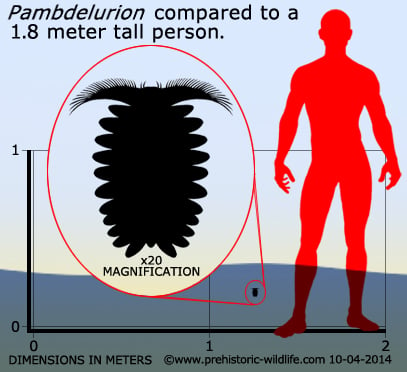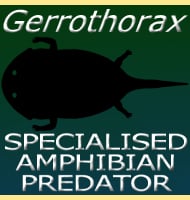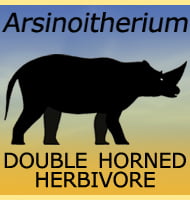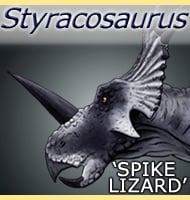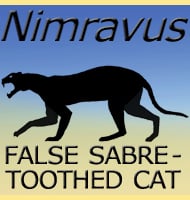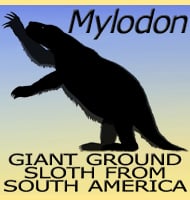In Depth
Pambdelurion is thought to have been very similar to the arthropod Kerygmachela, and as such is probably related to Anomalocaris. Unlike Kerygmachela however, Pambdelurion does not possess large spines for spearing prey on its two forward limbs. Instead Pambdelurion had rows of much smaller probably flexible spines which were arranged like combs. It is thought that these combs filtered plankton out of the water which were then passed to the mouth. Aside from this, Pambdelurion also differs from Kerygmachela in having a larger mouth and lack of rearward facing spines. However deposits from the same age and fossil location indicate that both Pambdelurion and Kerygmachela were active in the same waters together.
Pambdelurion had eleven lobes like some other arthropods suggesting that it was capable of swimming in open water. However Pambdelurion also has eleven pairs of legs that are like those of lobopods. Not only does this indicate that Pambdelurion was not always swimming in open water, but it also suggests a potential alternative feeding strategy. Instead of Pambdelurion feeding by swimming through planktonic layers, it may have anchored itself to rocks and allowed tidal currents to flow through the comb filters, depositing plankton and possibly other bits of organic matter in the process.
Further Reading
– Stem group arthropods from the Lower Cambrian Sirius Passet fauna of North Greenland. – G. E. Budd – 1998. – Onychophoran-like myoanatomy of the Cambrian gilled lobopodian Pambdelurion whittingtoni. – Palaeontology. – F. J. Young & J. Vinther – 2017.
